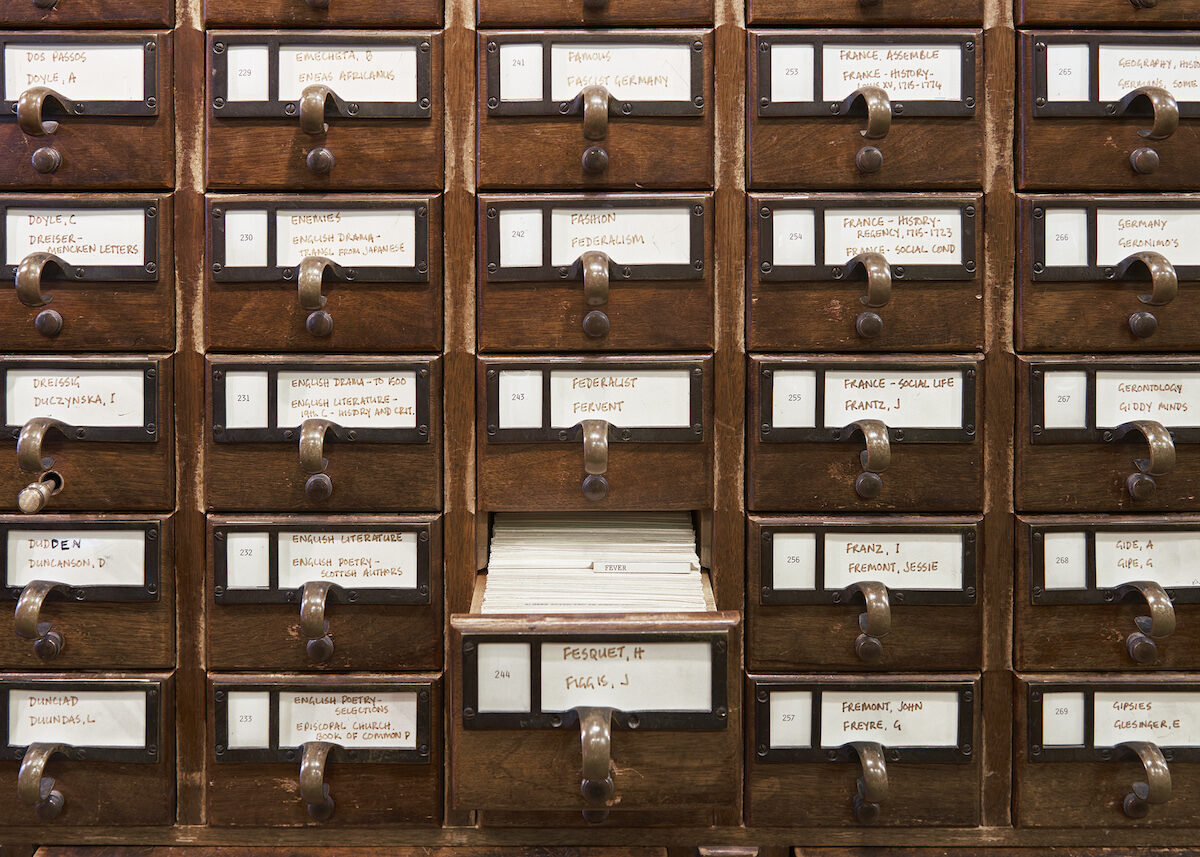Bob Dylan Plays His Second Melbourne Show For The True Fans
A Bob Dylan show is not about 'hits & memories'. While many of his contemporaries are out cashing in ...
|
Noise11
|
Forget The Haters – Here's How You Need To Approach Bob ...
For the past few weeks, after hearing the news that I had been given tickets to Bob Dylan, I decided to ...
|
theMusic
|
Bob Dylan's 'Live 1962-1966' Offers Landmark Moments and Sharp ...
Given the overflow of archival Bob Dylan material available, there's value in curating key recordings ...
|
PopMatters
|
Bob Dylan Melbourne review: Nobel and Pulitzer Prize winner still ...
HIS credentials are unmatchable: iconic poet, eloquent lyricist, one of the greatest singer-songwriters ...
Bob Dylan minder chastises reviewer for using his phone 3AWNo dancing, no photos, just musical genius The Sydney Morning Herald |
Herald Sun
|
Choosing what to read takes time and effort and often results in disappointment. Do yourself a favor: Ditch the best-seller list. Read old books instead Antique Stories
AI is bringing a new set of rules to knowledge work
Thomson Reuters – When things go digital, they start following a new set of rules. “The rules of the physical world are either not applicable or are severely diminished. Things move from sparsity to abundance, where consumption does not lead to depletion. To the contrary, the more an object is consumed, the more valuable it becomes. Cost of production and distribution is no longer critical, and the concept of inventory is no longer applicable. When things go digital, they also move from linear to exponential – a world in which new technologies and new players can enter and dominate an industry in just a few years. Consider that each year more people take online courses offered by Harvard than the number of students who attended Harvard in its 380-year history. Each year, three times more people use online dispute resolutions to resolve disputes on eBay® than lawsuits filed in the United States. Each day, five billion videos are watched on YouTube®. For context, the first YouTube video was uploaded in 2005. I was talking to a gentleman at Facebook® recently who said, “I joined Facebook three years ago and 70 percent of the company started after me.” Talk about hyper-growth businesses! This is the environment that we operate in: Not only must we adapt, but we must help our customers adapt as well…”

Tech Foresight: “A dashboard of 100 wonderful, weird (and possibly worrying) ways the world might change in the foreseeable future. The purpose of this publication is to make individuals and institutions future ready. Also, to make people think, at least periodically. It is a mixture of prediction and provocation intended to stimulate debate, but be aware that other elements should always be considered when assessing potential impact, especially the wider psychological and regulatory landscape in which technologies exist. Most importantly, the technologies highlighted on this table appear without any discussion of moral or ethical factors. Generally speaking, no technology should be used unless it improves the human condition and with potentially disruptive technologies always remember that “with great power comes great responsibility”. (There are various attributions for this quote ranging from Spiderman, Dr Spock, Yoda, Churchill, Roosevelt and possibly the French Revolution). Each of the 100 technologies has been subjectively categorised according to five broad themes, which are:
Via David Gerard – author of Attack of the 50 Foot Blockchain: Bitcoin, Blockchain, Ethereum & Smart Contracts – See JPEG White paper: Towards a Standardized Framework for Media Blockchain. “On the JPEG initiative for standardization of media blockchain, exploring relevant standardization activities, industrial needs and use cases.” ISO/IEC JT1/SC29/WG1 WG1 N80019 Editors: Frederik Temmermans, imec – Vrije Universiteit Brussel, Belgium Deepayan Bhowmik-University of Stirling, United Kingdom. “Fake news, copyright violation, media forensics, privacy and security are emerging challenges for digital media. JPEG has determined that blockchain technology has great potential as a technology component to address these challenges in transparent and trustable media transactions. However, blockchain needs to be integrated closely with a widely adopted standard to ensure broad interoperability of protected images. JPEG calls for industry participation to help define use cases and requirements that will drive the standardization process.”

Comments on the digital age, which, as we all know, is 42
Via Coyle’s InFormation – “I wast recently speaking at a library conference in OSLO where I went through my criticisms of our cataloging models, and how they are not suited to the problems we need to solve today. I had my usual strong criticisms of FRBR and the IFLA LRM. However, when I finished speaking I was asked why I am so critical of those models, which means that I did not explain myself well. I am going to try again here, as clearly and succinctly as I can. Conflation of Conceptual Models with Data Models – FRBR’s main impact was that it provided a mental model of the bibliographic universe that reflects a conceptual view of the elements of descriptive cataloging. You will find nothing in FRBR that could not be found in standard library cataloging of the 1990’s, which is when the FRBR model was developed. What FRBR adds to our understanding of bibliographic information is that it gives names and definitions to key concepts that had been implied but not fully articulated in library catalog data. If it had stopped there we would have had an interestingmental model that allows us to speak more precisely about catalogs and cataloging…”